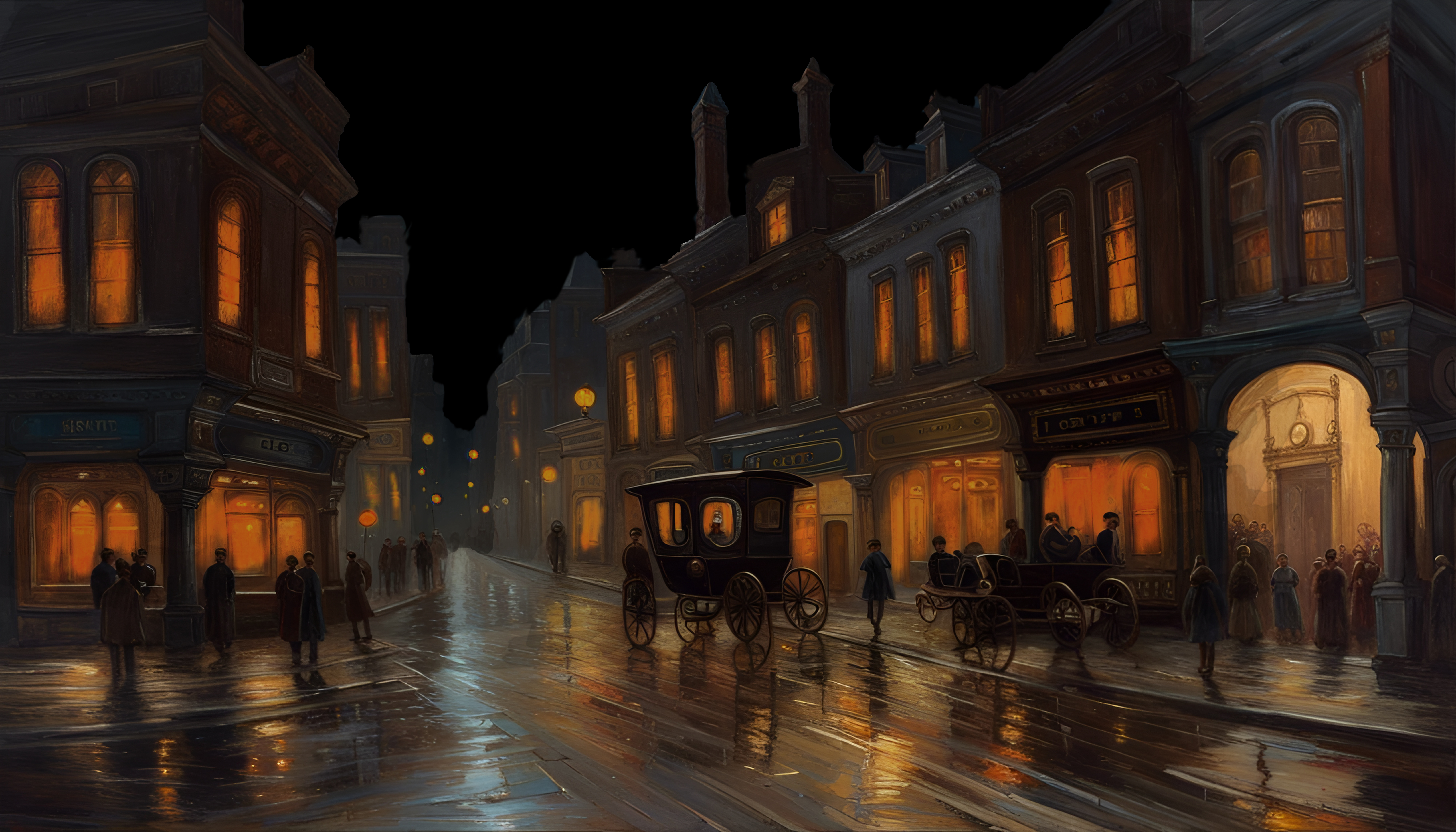Greatmoth
An interesting species, emblematic of a time before Glimglass became apparent and widespread.
I write this as I look upon the exoskeleton of one these Greatmoths, disassembled by scholars three Wheels ago and stored away when there wasn't any fear of their dust running out. Thank the gods that they did so, given that the massive insects are extinct now and I would have nothing to reference without their efforts.
It used to be that hunting parties and crews would venture forth to find these Greatmoths, slay them, and harvest the fine scales of their wings. I make the process sound far simpler than it was, given the sheer size of the creatures, let alone the other dangers that they posed. The crews regularly came back, missing some of their number.
For example, the crew of the Manilla Hound, a mothing crew based on a ship, does not have a single entry to the logbook made upon a return to port lacking a mention of need for replacement crew in an entire six years of operation, before the whole ship fails to return to port within it's expected voyage time. When the vessel finally does appear on archived once more, the ship is burned in the harbor and less than a dozen crew a noted to have been retrieved from the vessel and carted off.
The threat, you see, was the very scales that these crews were after. The scales themselves are very fine, almost powder-like in their consistency. Even for a creature the size of a fishing vessel, the scales are only the size of a penny. As the Greatmoths fly, those scales come loose in large quantities, creating a snow-like cloud that trails behind them and the threat becomes evident amidst that gloom.
When the skin of an Otonomoi individual are exposed to the 'pall' of the moth's castoff scales, they will find them a strange combination of acidic and sharp. To be caught within the pall, even for a moment, is to be exposed to horrific injury. It is fortunate that we do not suffer injury in the same way that the Humans do, the I must express a much repressed curiosity towards seeing just how the scales would affect the Human form...
Basic Information
Anatomy
The Moths were constructed upon an insectoid body, with their singular pair of massive wings being their most notable and useful feature.
Scientific Name
Magna Levius Tinea



Comments